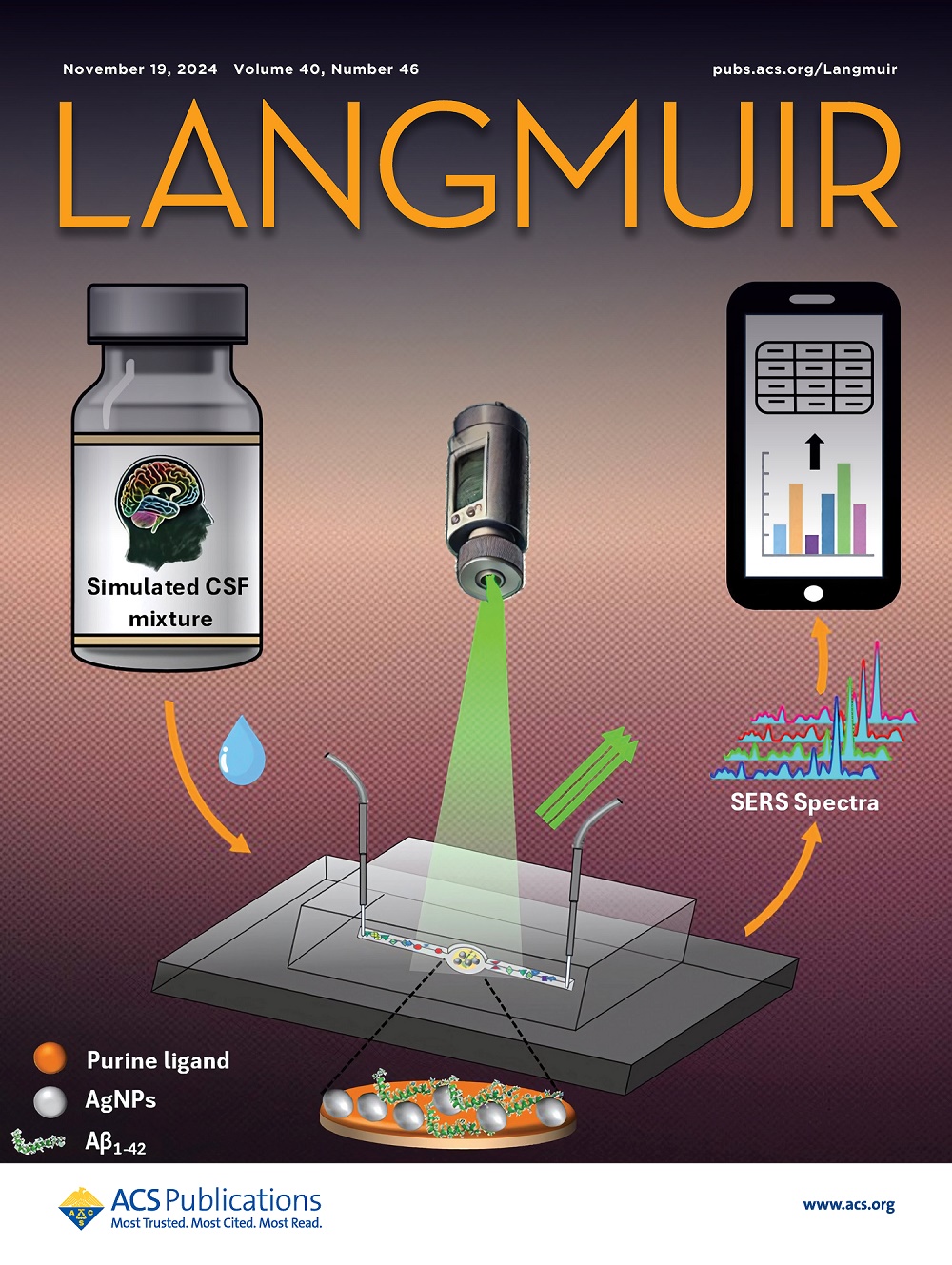dfob诱导锐钛矿、金红石和食品级TiO2纳米颗粒的溶解
IF 3.7
2区 化学
Q2 CHEMISTRY, MULTIDISCIPLINARY
引用次数: 0
摘要
二氧化钛纳米颗粒(TiO2 NPs)普遍存在于日常使用的产品中,特别是在食品添加剂、油漆和消费品中。它们的有利性质包括在水环境中的惰性。本研究采用铁载体去铁胺B (DFOB)处理纳米锐钛矿、金红石和食品级TiO2颗粒,揭示了它们在不同pH条件下的理化、光谱学和微观性质。电喷雾质谱分析表明,溶液中Ti(IV)-DFOB络合物的形成是明显的。通过紫外/可见光和电感耦合等离子体发射光谱分析溶解Ti,在微摩尔范围(约1-60 μM)内发现。在所有pH值下,食品级NP的溶解比锐钛矿和金红石更广泛。在接近中性的pH值下,傅里叶变换红外光谱(FTIR)数据表明,铁载体的吸附比钛的溶解更为突出。扫描电镜数据显示DFOB对TiO2表面的侵蚀。综合动力学剖面支持与锐钛矿和金红石相关的多个溶解步骤,食品级NPs的步骤较少。小有机酸的加入对溶出主要表现出协同作用。该研究将有助于考虑TiO2在食品加工工业中的应用,并预测其在avid配体存在下的环境命运。本文章由计算机程序翻译,如有差异,请以英文原文为准。

DFOB-Induced Dissolution of Anatase, Rutile, and Food-Grade TiO2 Nanoparticles
Titanium dioxide nanoparticles (TiO2 NPs) are prevalent in products of everyday use, especially in food additives, paints, and consumer products. Their favorable properties include inertness in an aqueous environment. In this study, nanosized anatase, rutile, and food-grade TiO2 particles were investigated with the treatment of the siderophore desferrioxamine B (DFOB), and their physicochemical, spectroscopic, and microscopic natures were revealed under different pH conditions. The formation of a Ti(IV)-DFOB complex in solution is evident from electrospray ionization mass spectroscopy. Dissolved Ti was analyzed by UV/visible and inductively coupled plasma optical emission spectroscopy and was found in the micromolar range (ca. 1–60 μM) over days. At all pH values, dissolution is more extensive for food-grade NP than for anatase and rutile. Near neutral pH, Fourier transform infrared spectroscopy (FTIR) data suggest that siderophore adsorption is more prominent than Ti dissolution. Scanning electron microscopy data reveals erosion of the TiO2 surface with DFOB. A comprehensive kinetic profile supports multiple dissolution steps associated with anatase and rutile, with fewer steps for food-grade NPs. The addition of small organic acids shows mostly synergistic effects toward dissolution. This study will be helpful for considering TiO2 applications in the food processing industry and for predicting its environmental fate in the presence of avid ligands.
求助全文
通过发布文献求助,成功后即可免费获取论文全文。
去求助
来源期刊

Langmuir
化学-材料科学:综合
CiteScore
6.50
自引率
10.30%
发文量
1464
审稿时长
2.1 months
期刊介绍:
Langmuir is an interdisciplinary journal publishing articles in the following subject categories:
Colloids: surfactants and self-assembly, dispersions, emulsions, foams
Interfaces: adsorption, reactions, films, forces
Biological Interfaces: biocolloids, biomolecular and biomimetic materials
Materials: nano- and mesostructured materials, polymers, gels, liquid crystals
Electrochemistry: interfacial charge transfer, charge transport, electrocatalysis, electrokinetic phenomena, bioelectrochemistry
Devices and Applications: sensors, fluidics, patterning, catalysis, photonic crystals
However, when high-impact, original work is submitted that does not fit within the above categories, decisions to accept or decline such papers will be based on one criteria: What Would Irving Do?
Langmuir ranks #2 in citations out of 136 journals in the category of Physical Chemistry with 113,157 total citations. The journal received an Impact Factor of 4.384*.
This journal is also indexed in the categories of Materials Science (ranked #1) and Multidisciplinary Chemistry (ranked #5).
 求助内容:
求助内容: 应助结果提醒方式:
应助结果提醒方式:


